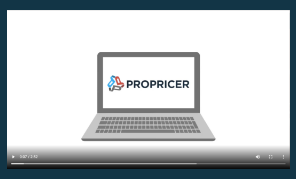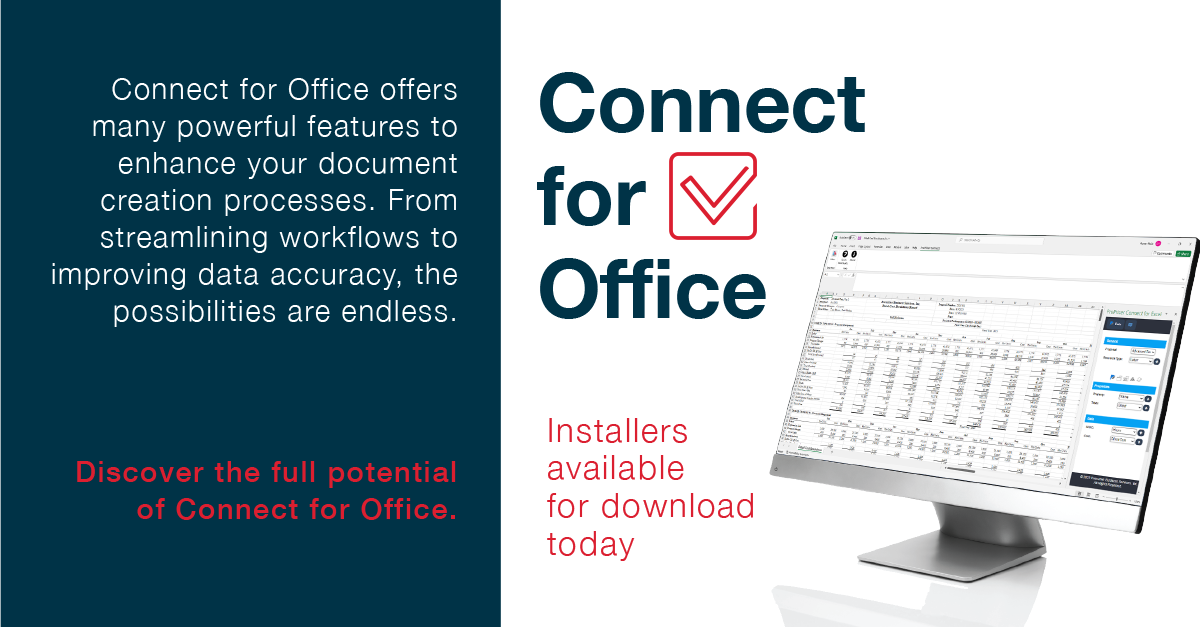If you’re a Prime who works with Subs, it’s in both your best interests to watch their costs closely. No one wants to suddenly find a target on their back.
Not long ago, an Agency Administrative Contracting Officer (ACO) tried to make a claim for hundreds of millions of dollars against a large defense contractor. The Prime had missed critical compliance checks regarding a Subcontractor, causing two alleged contract breaches.
The first: The Prime contractor hadn’t prepared documentation proving they asked their Sub to supply a cost-incurred submission during a contract.
The second: The Prime neglected to ask for help from the Government when the Sub refused to deliver the data.
Luckily, the Prime was able to avoid liability as a result of an appeal, which determined that FAR violations cited in the original claim weren’t covered in actual contract clauses.
So how do you stay out of similar compromising positions? These tips could help:
- Act as a Contracting Officer on behalf of the Government for all of your Subs.
For every Government contract that’s FAR based, you as a Prime must assume the role of both Contracting Officer and CAO for your Subs.
If a Sub submits costs you feel might be questioned by a CAO, you have every right and obligation to act as the Government, including requisitioning all financial records that touch the Contract process.
- Don’t be afraid to audit Subs under a Government contract.
Whether your firm is asked to submit to DCAA scrutiny or not, you as a Prime can request audit assistance from a relevant DCAA office if a Sub denies you access to records.
Yes, you might have a loose confidentiality agreement in place, and your Sub might think the agreement covers their proprietary financial data. But when it comes to a Sub audit, it doesn’t.
- Include flow-down clauses in your Subcontracts.
Flow regulations down to your Subs. Be sure that FAR Audit clauses included in contract documentation with an Agency are also included in your Prime contracts with your Subs.
Fail to include these mandatory clauses, and your Agency may interpret this as a breach of your Prime contract. Often this is cited as “maintaining an inadequate purchasing system.”
- Make sure your Subs have Government property controls in place.
Not only must you have a system of internal controls in place to manage Government property in your possession during a contract—you have to ensure your Subs do, too.
This includes a set of standards and procedures for using, controlling, preserving, repairing and maintaining Government property while under your firm’s or your Sub’s purview.
Conduct periodic reviews of your Subs’ property management systems, and if they’re inadequate, insist on remediation. Alternately, report your findings to the DCAA arm you typically work with. (1)
- Initiate a price analysis of Sub proposals, before Contract submission to an Agency.
You’ll often find a provision in a Government RFP that asks for certified cost and pricing data—other than your own. This usually comes with an ask to submit a Proposal Adequacy Checklist along with your Prime Proposal.
One item in the checklist asks for a price/cost analysis of each Subcontract, to determine reasonableness. Basically, this is your permission to conduct a study of what your Subs plan to submit. Usually the study is triggered by a certain dollar amount, and this can vary by contract.
Should your Subs balk at giving you access to the cost data to conduct your analysis, be sure to request backup from your Agency’s Contracting Officer. (2)
- Make sure your Subs & their employees are adequately compensated.
You’re obviously in Government Contracting to collect a profit, and that involves making money from your Subs’ work. But you have to ensure your Sub firms are paid fairly, and that, in turn, their people are paid fairly. Otherwise, you can be cited for breach of contract.
Everyone involved has to make at least minimum hourly wage, as determined by the Secretary of Labor. Under the Service Contract Act, if you or your Sub violates this rule, you as a Prime can be held liable and blocked from future contracting. Monitor what you’re paying your employees and your Subs, as well as what your Subs are paying their people. (1)
- Submit raw Sub cost data to the Government if beyond a certain price threshold.
You have to provide original cost and pricing data from Subcontractors and prospective Subs for costs that exceed the monetary limits for required certified cost or pricing data.
If Sub costs exceed what’s certified, you have to turn over their numbers. This rule also applies to purchase orders and contract modifications.
Generally, raw Sub costs are required:
(1) When the subcontract cost estimate is $13.5 million or more,
(2) The estimate is more than 10 percent of your Prime proposed price, or
(3) The contracting officer thinks Sub submission is warranted to justify the Prime contract. (2)
________________________________________
Need a fast, reliable way to stay in sync with your Subs over costs and pricing? ProPricer's Contractor Edition is a revolutionary government contract pricing software that helps prime and sub-contracting proposal teams prepare for negotiations and communicate cost and pricing positions.
With a standardized, holistic view of the costs presented and submitted, users can complete proposals quickly while maintaining change control and easy reporting across all elements of their proposals.
All parties can generate proposal cost and pricing reports that comply with Federal Acquisition Regulations (FAR), DFARS, Cost Accounting Standards (CAS), and customer requirements. All reports are customizable, making it easy to submit documentation that accommodates virtually any new formatting or data mandates imposed by government or industry customers.
Sources:
- Cherry Bakaert Article: Contractor’s Obligations to Monitor their Subcontractors
- DCAA Guidebook: Specified Cost Elements





